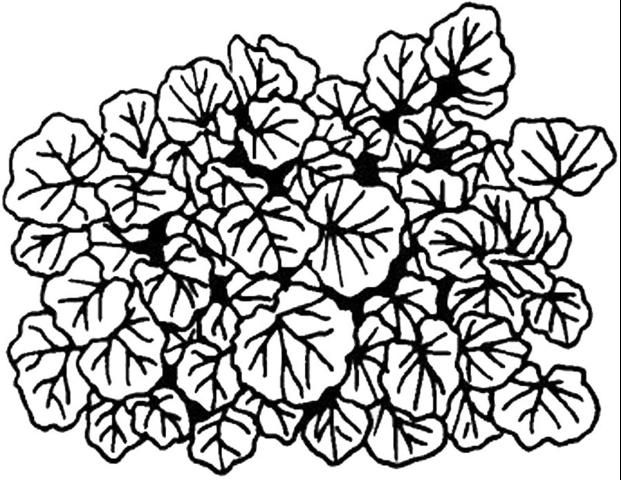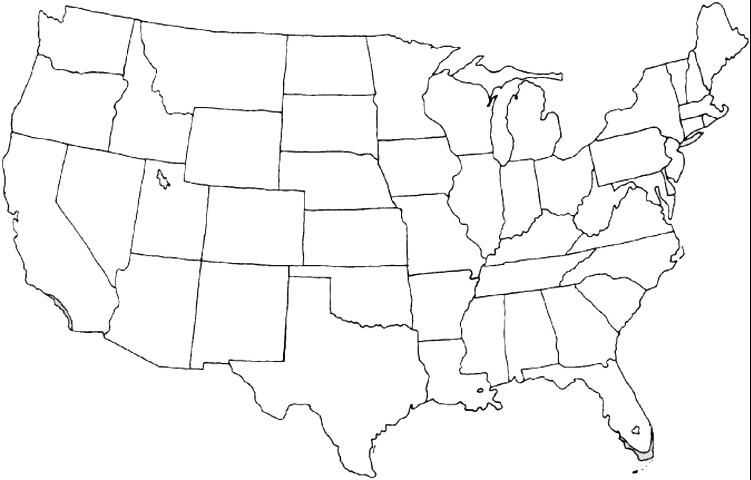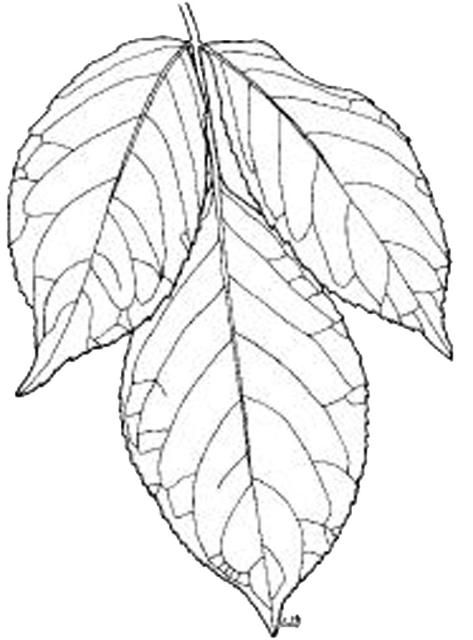Introduction
Balfour aralia is usually seen in its variegated form of glossy, light green leaves with irregular milk-white markings at its margins (Figure 1). The stiffly upright growth habit, comprised of many stems, works well as a hedge or screen, or as a specimen. It grows nicely in a container for patio or terrace. The plant may thin out at the bottom as it grows older. Prune several of the older stems to the ground to encourage thicker foliage near the base.

General Information
Scientific name: Polyscias pinnata
Pronunciation: poe-LISS-see-us pin-NAY-tuh
Common name(s): balfour aralia
Family: Araliaceae
Plant type: shrub
USDA hardiness zones: 10B through 11 (Figure 2)
Planting month for zone 10 and 11: year round
Origin: not native to North America
Uses: hedge; specimen; foundation; border; accent; cut foliage/twigs; suitable for growing indoors
Availability: generally available in many areas within its hardiness range

Description
Height: 6 to 10 feet
Spread: 2 to 4 feet
Plant habit: round
Plant density: dense
Growth rate: slow
Texture: fine
Foliage
Leaf arrangement: alternate
Leaf type: trifoliate
Leaf margin: dentate
Leaf shape: ovate
Leaf venation: palmate
Leaf type and persistence: evergreen
Leaf blade length: 4 to 8 inches
Leaf color: green
Fall color: no fall color change
Fall characteristic: not showy

Flower
Flower color: white
Flower characteristic: flowers periodically throughout the year
Fruit
Fruit shape: unknown
Fruit length: unknown
Fruit cover: unknown
Fruit color: unknown
Fruit characteristic: inconspicuous and not showy
Trunk and Branches
Trunk/bark/branches: typically multi-trunked or clumping stems; not particularly showy
Current year stem/twig color: green
Current year stem/twig thickness: medium
Culture
Light requirement: plant grows in part shade/part sun; plant grows in the shade
Soil tolerances: occasionally wet; acidic; slightly alkaline; sand; loam; clay
Drought tolerance: high
Soil salt tolerances: unknown
Plant spacing: 24 to 36 inches
Other
Roots: usually not a problem
Winter interest: no special winter interest
Outstanding plant: plant has outstanding ornamental features and could be planted more
Invasive potential: not known to be invasive
Pest resistance: long-term health usually not affected by pests
Use and Management
Tolerant of salt spray, full sun, or deep shade, balfour aralia prefers moist, well-drained soil where it can be protected from frost. It grows well as a house plant if not over-watered. Plant on three- to four-foot centers to form a screen or mass planting. The variegated forms look good as a specimen or as an accent growing in a shrub border.
Propagation is by seeds, cuttings, or air layering.
Pests and Diseases
Mites can be a serious foliage problem, and plants also need to be checked for scale.
No diseases are of major concern.